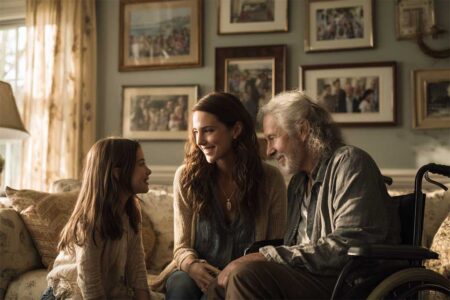Sure, kids can count. If they’ve memorized really well and “get” the pattern, they can count to a hundred! But do they know what all those numbers mean? When he was a preschooler, I realized that my son was easily reciting his numbers without the knowledge of place value (tens, hundreds, thousands). So, I pulled out the Cheerios (our favorite counting food) and several plastic cups.
Counting by tens
We placed a handful of Cheerios into the first cup and estimated the number of cereal pieces.
To find out how many Cheerios were in the cup, rather than straight counting, I challenged the boys. “Each cup can only hold 10 Cheerios. Let’s start by filling the first cup with 10.”
After we added 10 Cheerios to the first cup, I explained that it was time to move on to cup two. We counted out another 10 and found there were 6 leftover. Then we counted by tens: 10… 20… plus 6 is 26 Cheerios!
What is 100?
Of course, the boys wanted to get to 100, so we continued to add Cheerios to each cup in groups of 10. They realized as they counted by tens that we’d need 10 cups to have 100 Cheerios. Quickly they could envision “how much is 100.” They also quickly mastered counting to 100 by tens.
Moving on to bigger numbers

Of course, they weren’t finished yet, as they next wanted to envision one thousand. Rather than putting out 100 tens cups, we counted by hundreds to 1000. Realizing that we’d need 10 more groups of 10 cups, we opted to pour all 100 Cheerios into one larger cup (in our case, a pitcher) and called that our hundreds cup. We traced the hundreds of cups onto paper 10 times to show 1000 Cheerios.
Next, we added a few more Cheerios into the hundreds cup without counting! (oops!) We estimated our Cheerios again and divided them into tens of cups. Because we had a few more cheerios this time, we knew we’d need more cups and added them until we found we had 142 Cheerios, needing 14 cups with 2 leftover Cheerios.
There are endless ways to learn math through cereal pieces (and other small foods.) What are some ways you use food to teach and learn?
Mentor Texts for Enhancing Place Value and Large Numbers in Math
I love connecting reading and math! Here are a few favorite books that teach place value and the concept of tens, hundreds, thousands, and more. [The links are affiliate links, thank you!]
- How Much is a Million? by David Schwartz
- A Million Dots by Andrew Clements
- Millions, Billions, Trillions by David A. Adler
- A Place for Zero by Angeline Sparagna LoPresti
- How Big is a Million? by Anna Milbourne (our family favorite)
- How Many Jelly Beans? by Andrea Menotti










